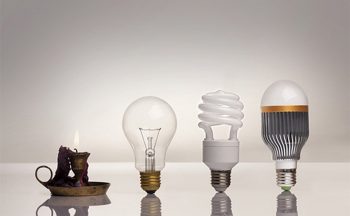 December 2021
December 2021
Coming home from work in the evening you drive into a dark underground garage. Lights automatically turn on as you drive to your parking space. While walking to the elevator more lights turn on to light your way. These lights turn off shortly after you enter the elevator. You then get off the elevator at your floor. Walking down the hall to your suite, lights shine brightly and offer a comforting hallway. All light fixtures in the garage and hallway are equipped with LEDs and motion sensors. Leaving the door open for a minute, it becomes clear that all lights turn off when the hallway is not in use except for one fixture by the elevator that had dimmed.
This is how properly designed light fixtures with motion sensors work. With hallways unused most of the time it makes little sense to have lights running 24 hours a day. Having them on only when hallways and parking areas are used saves on electricity. Fixtures and bulbs require fewer replacements. With hundreds of light fixtures and thousands of bulbs in a typical high-rise building this is a substantial saving in electricity, bulbs and maintenance!
The same applies to common areas where lights may be running all day when spaces are unoccupied. The exception is lobbies and entrances where it makes sense to always have lights on.
Communities choosing not to replace older fixtures because of cost fail to consider maintenance and utilities. Older fixtures, much like older appliances, are less efficient in their use of electricity. Newer LED fixtures with motion sensors use less wattage and require less maintenance. Savings can be as high as 65 percent with payback ranging from one to five years.
 Electricity may be the most expensive item in your condo corporation budget. Even a five percent saving is significant. Reducing electricity use by up to 65 percent can yield dramatic savings.
Electricity may be the most expensive item in your condo corporation budget. Even a five percent saving is significant. Reducing electricity use by up to 65 percent can yield dramatic savings.







